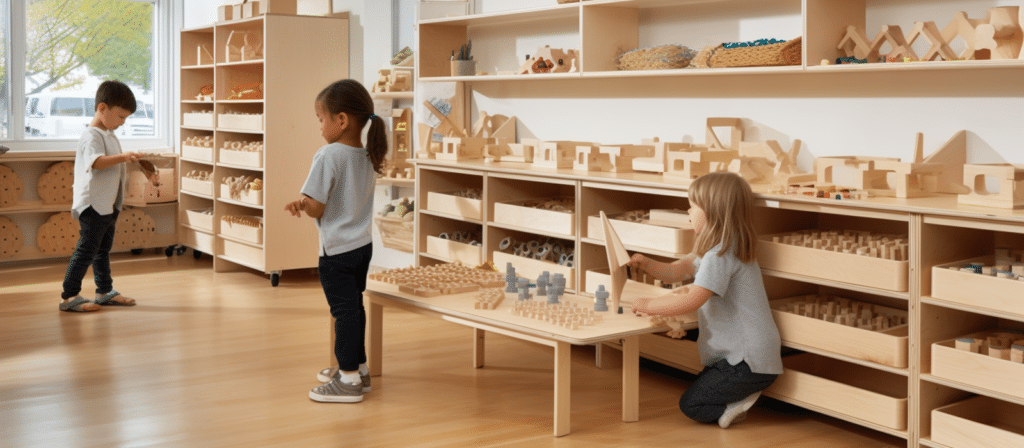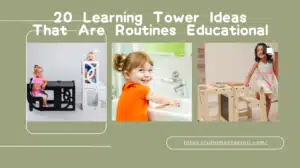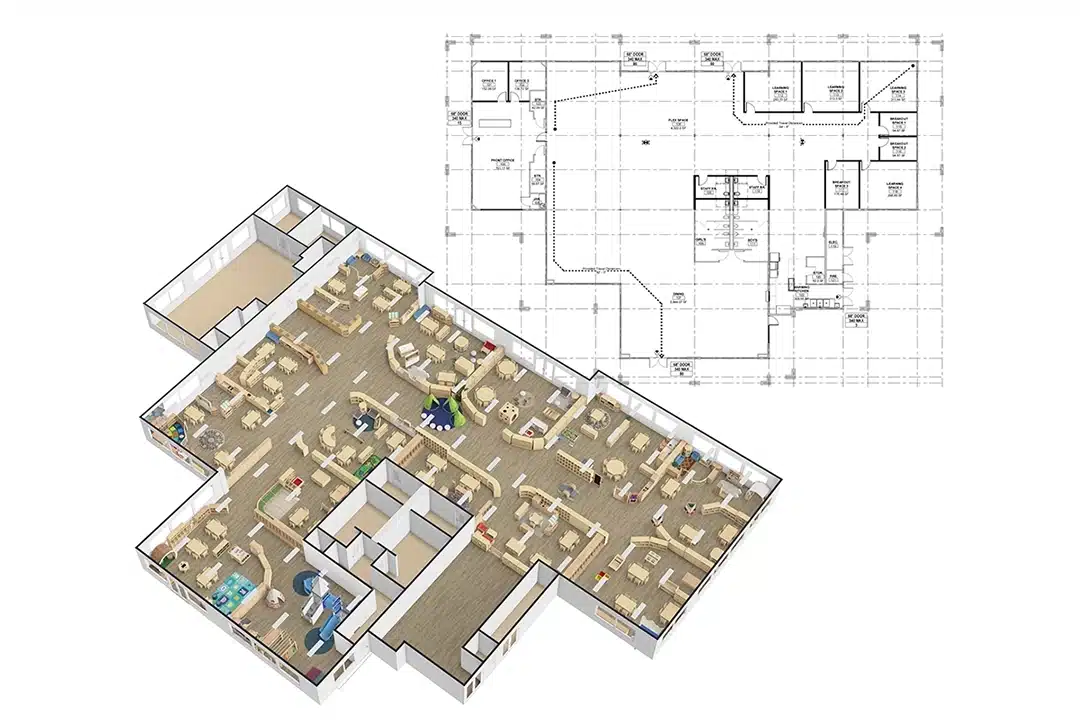Curious minds, budding scientists – how can you create an environment that nurtures their innate desire to explore and discover the wonders of science? Join us as we unravel the significance of specially designed preschool furniture for science exploration and how it lays the foundation for a lifelong love of learning.
Preschool Furniture for Science Exploration and Discovery plays a pivotal role in fostering hands-on engagement, critical thinking, and a deep understanding of the world around us. From interactive lab stations to adaptable learning spaces, this furniture equips young learners with the tools they need to embrace the wonders of science.
Preschool-age children are naturally curious and eager to explore the world around them. Science activities and experiments can help nurture their inquisitive minds and develop critical thinking skills. However, the right furniture is essential to create an environment that supports and encourages scientific exploration.
Why is preschool furniture important for science exploration?
Preschool furniture plays a crucial role in creating a conducive learning environment for science exploration. It should be functional, durable, and flexible to accommodate various science activities. The furniture should also be child-friendly, safe, and comfortable to ensure children’s engagement and focus during scientific experiments.
Children learn best through hands-on experiences, and the furniture in a preschool should facilitate these experiences. For instance, a science table with adjustable heights allows children of different sizes to comfortably engage in experiments. It also provides ample workspace for arranging materials and conducting investigations.
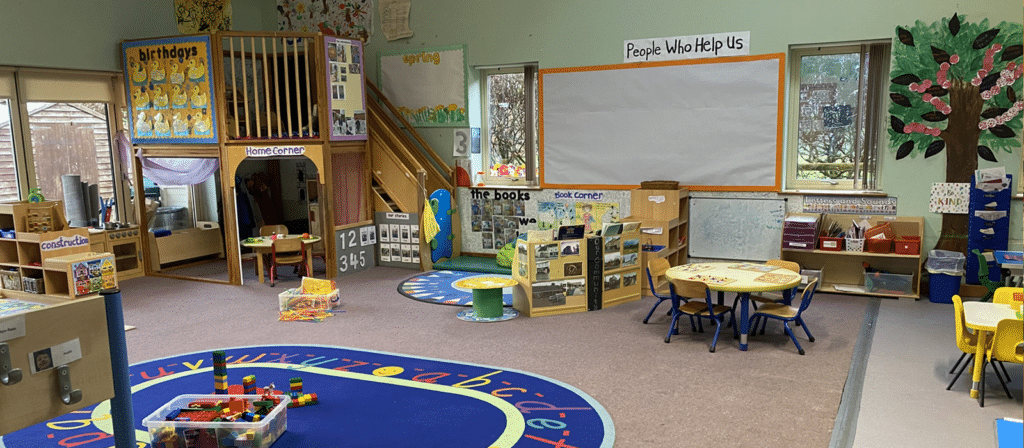
What types of preschool furniture are suitable for science exploration?
- Science Tables: A science table is a staple in any preschool science corner. It should be sturdy and spacious enough to accommodate various science materials and equipment. The table surface should be easy to clean, as spills and messes are likely to happen during experiments. Additionally, having storage compartments or shelves underneath the table can help keep the area organized.
- Science Chairs: Comfortable and ergonomic chairs are essential for children to concentrate on their scientific inquiries. Chairs with adjustable heights and back support ensure that children can sit comfortably for extended periods. A wobbly or uncomfortable chair can distract children from their experiments and hinder their learning experience.
- Storage Solutions: Science materials and equipment need to be organized and easily accessible. Storage solutions such as shelves, cabinets, and bins can help keep everything in order. Clear storage containers allow children to see the materials and choose what they need for their experiments. Labeling the storage compartments with pictures and words can also promote independence and literacy skills.
- Experiment Stations: Designated areas or stations for specific science experiments can help children focus and engage in hands-on activities. For example, a water exploration station with a sink, water table, and various containers can be used for experiments related to buoyancy and water properties. A magnification station with microscopes and specimens can encourage children to explore the microscopic world.
- Flexible Seating: Providing a variety of seating options can cater to different learning styles and preferences. Bean bags, floor cushions, and stools can create a relaxed and comfortable atmosphere for group discussions or reading science books. Flexible seating options also allow children to move around and collaborate with their peers during experiments.
- Display Areas: Showcasing children’s science projects and discoveries is an excellent way to celebrate their achievements and stimulate their interest in science. Bulletin boards, display shelves, or even a designated wall space can be used to exhibit their artwork, written observations, and scientific findings. This not only promotes pride and ownership but also encourages discussions and further investigations.
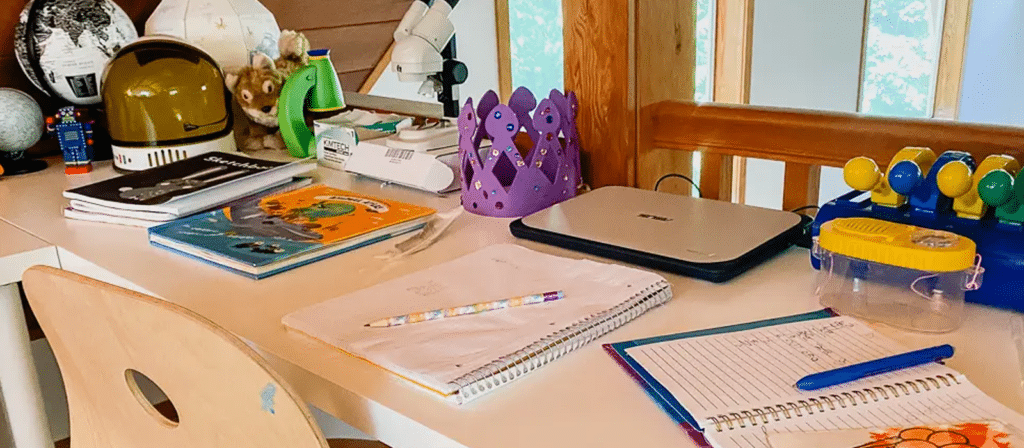
How can preschool furniture enhance science exploration and discovery?
- Science Experiment Tables: Our specially designed science experiment tables are equipped with built-in sinks, storage compartments, and adjustable heights to accommodate children of different ages and sizes. These tables provide a dedicated space for conducting experiments, making observations, and recording findings. They are designed to be sturdy, easy to clean, and safe for young children.
- Discovery Shelves: Our discovery shelves are the perfect addition to any preschool science corner. These shelves are equipped with transparent containers, magnifying glasses, and a variety of natural materials, allowing children to explore and examine different specimens up close. By providing easy access to a wide range of materials, children can engage in hands-on exploration and develop scientific inquiry skills.
- Microscopes and Telescopes: Introducing children to microscopes and telescopes at an early age can spark their interest in the microscopic and cosmic world. Our child-friendly microscopes and telescopes are designed with safety in mind, featuring durable construction and easy-to-use controls. These tools encourage children to observe and investigate the world around them, fostering a sense of wonder and curiosity.
- Outdoor Science Stations: Nature provides a wealth of opportunities for scientific exploration. Our outdoor science stations are designed to encourage children to engage with their natural environment. From weather observation stations to butterfly gardens, these stations provide hands-on experiences that connect children with the world outside their classroom walls. By incorporating nature into their learning, children develop a sense of stewardship and appreciation for the environment.
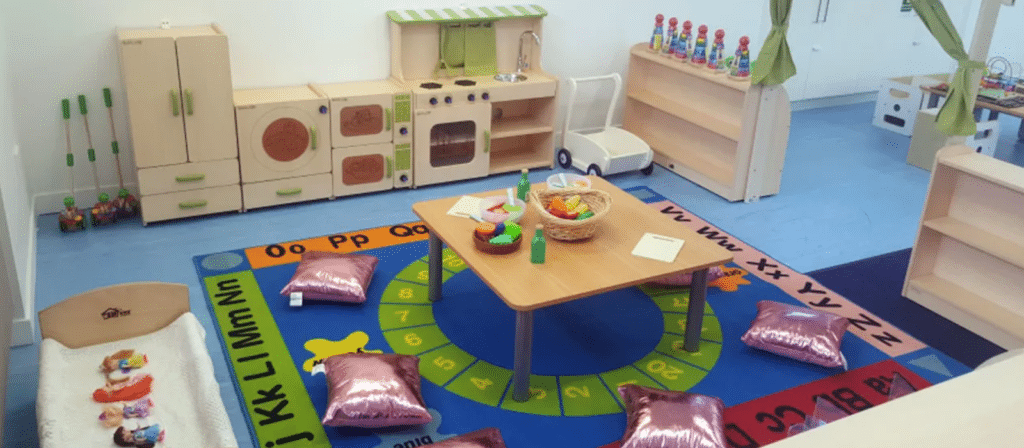
What are the benefits of investing in preschool furniture for science exploration and discovery?
Investing in high-quality furniture for science exploration and discovery in preschool classrooms offers numerous benefits for both children and educators. Here are some key advantages:
- Promotes Critical Thinking: By engaging in hands-on experiments and scientific inquiry, children develop critical thinking skills and learn to make connections between concepts and real-world applications.
- Enhances Problem-Solving Skills: Science exploration encourages children to think creatively and find solutions to problems. They learn to ask questions, test hypotheses, and analyze data to arrive at logical conclusions.
- Fosters Curiosity and Love for Learning: Creating a stimulating environment for scientific exploration sparks children’s curiosity and fosters a lifelong love for learning. It ignites their natural inquisitiveness and encourages them to seek answers to their questions.
- Develops Collaboration and Communication Skills: Science projects often require collaboration and teamwork. Through group experiments and discussions, children learn to communicate their ideas, listen to others, and work together towards a common goal.
- Builds Confidence: Engaging in hands-on science activities empowers children to take ownership of their learning. By conducting experiments and making discoveries, they gain confidence in their abilities and develop a growth mindset.
The right preschool furniture can significantly impact children’s engagement and learning outcomes in science exploration and discovery. By providing functional, child-friendly, and flexible furniture, we can create an environment that nurtures young scientists and fosters a lifelong love for science. Let’s embrace the potential of preschool furniture to inspire the next generation of curious minds!

